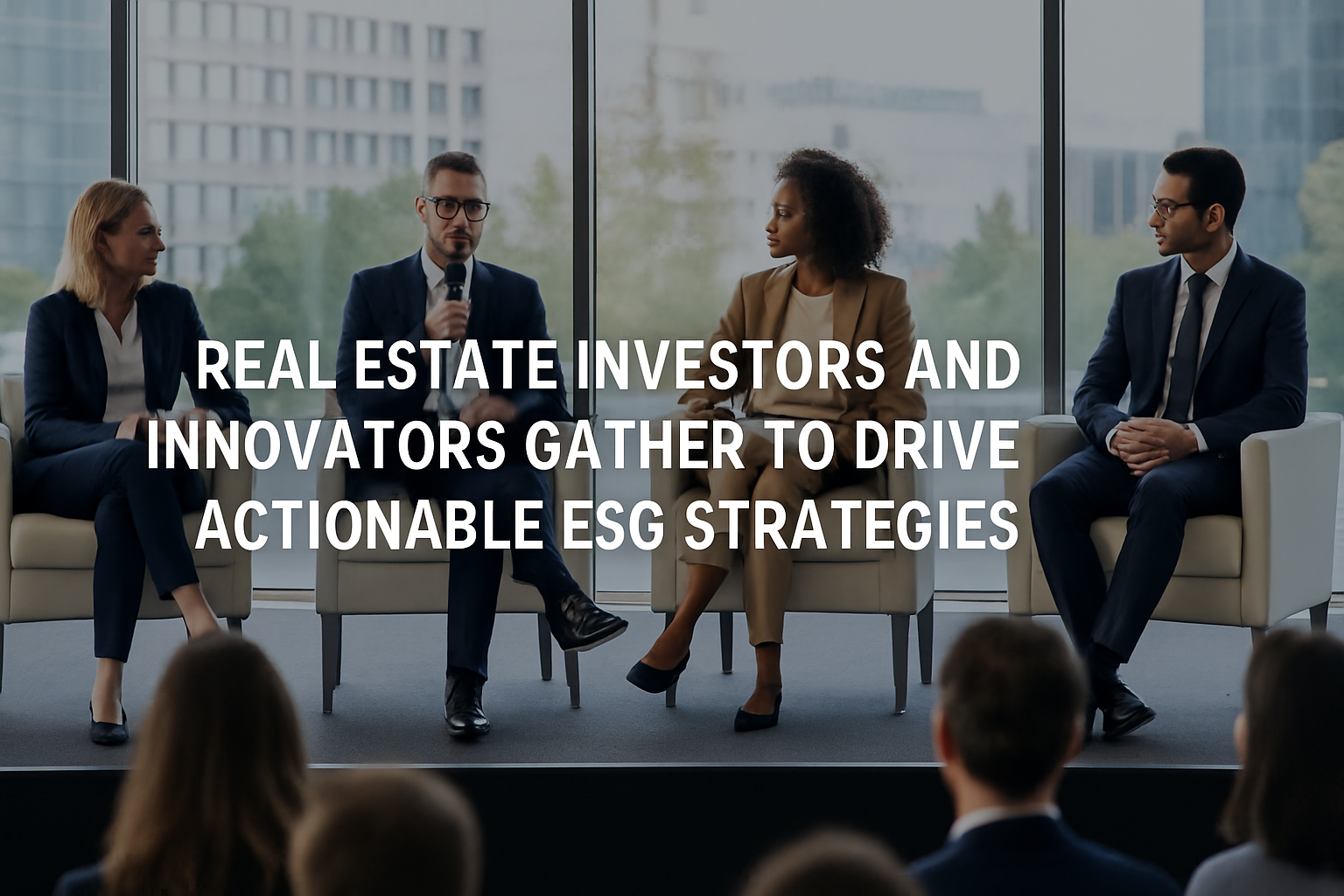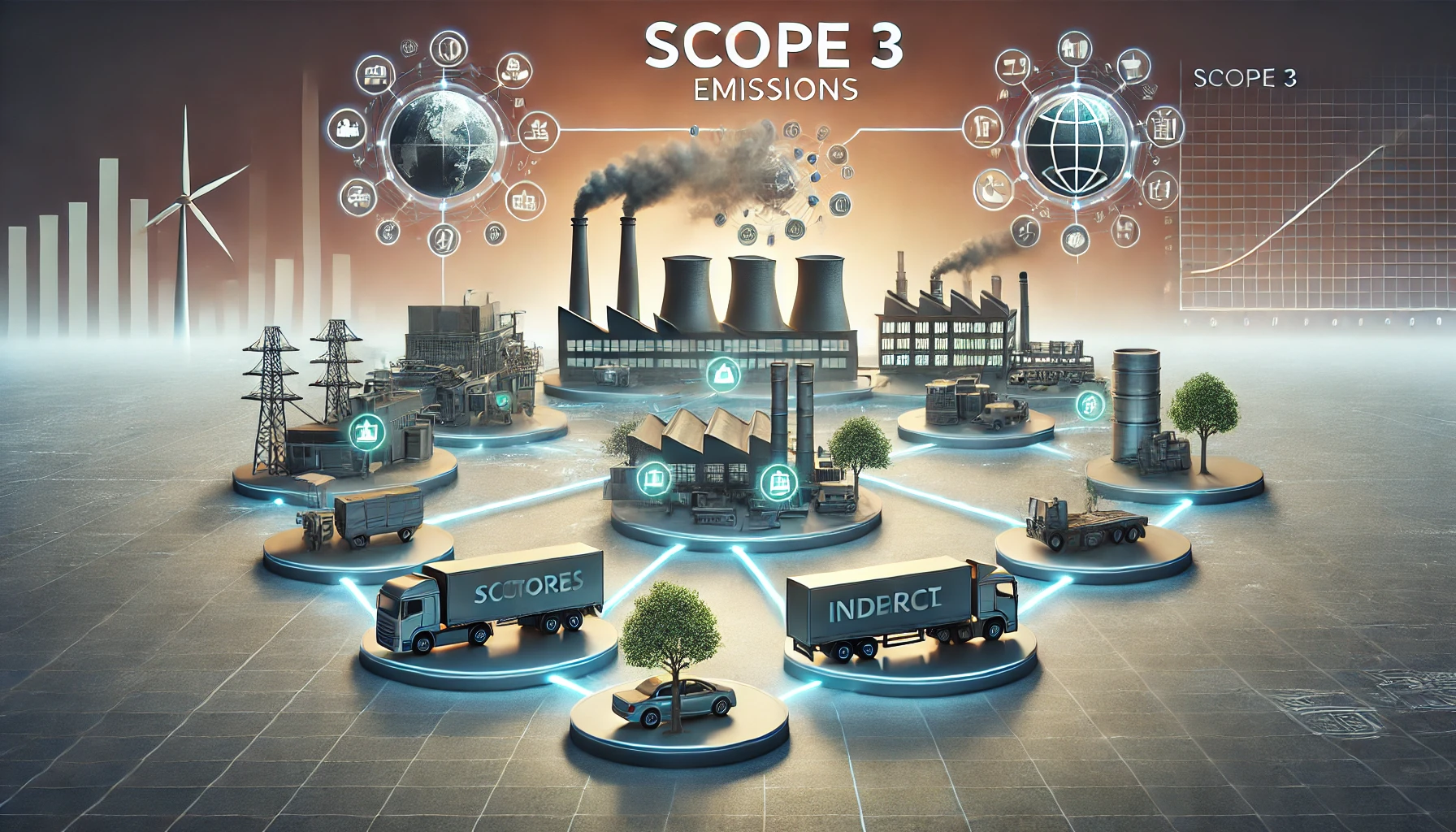As the commercial real estate industry undergoes a pivotal transformation, investors, developers, and sustainability leaders are coming together to chart a proactive path forward on ESG (Environmental, Social, and Governance) integration. A recent high-level summit brought these stakeholders into one room to align on transparent data, measurable outcomes, and long-term value creation.
From Compliance to Competitive Edge
What was once a checkbox exercise in regulatory compliance is now a central pillar of competitive real estate strategy. ESG is not only shaping how buildings are designed and operated but also how assets are evaluated and traded. Attendees discussed how net-zero goals, energy-efficient retrofits, and climate risk assessments are becoming critical components of asset value.
The Role of Data and Transparency
A recurring theme throughout the event was the demand for real-time data and transparent reporting. With climate disclosure regulations tightening globally, real estate firms must move beyond legacy systems and embrace smart technologies. Speakers emphasized the need for AI-powered tools, IoT integration, and ESG dashboards that track emissions, water usage, and tenant wellbeing.
Investor-Driven Sustainability
Institutional investors are increasingly prioritizing ESG-aligned portfolios. As a result, capital is flowing toward developers who demonstrate clear sustainability benchmarks and social impact. Panelists noted that funds are now rewarding those who embed ESG goals into every stage of asset lifecycle management—from acquisition and design to operation and disposition.
What’s Next
With ESG performance becoming a marker of resilience and profitability, real estate professionals must move from reactive to strategic. This means embedding sustainability not just in buildings, but in the DNA of their organizations. The summit concluded with a call for continued collaboration and innovation to meet evolving stakeholder expectations and global climate goals.




